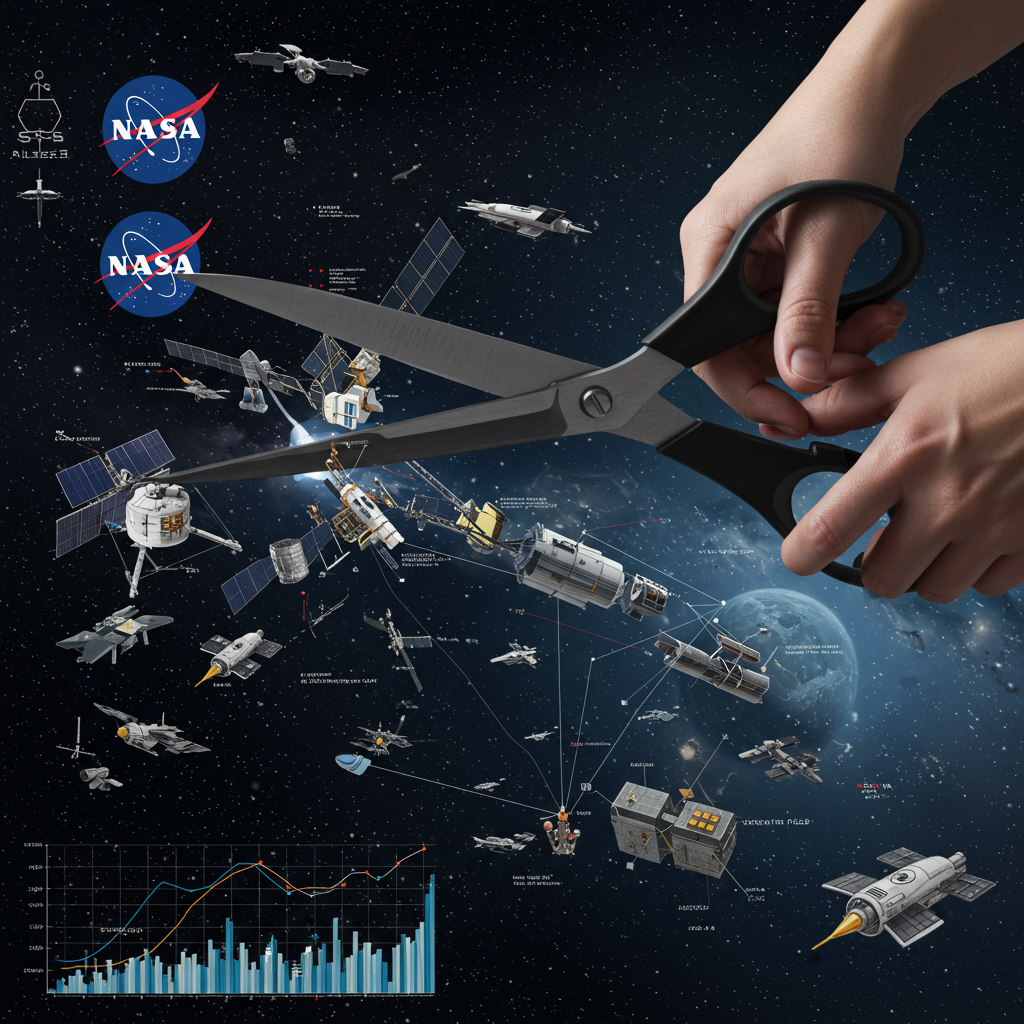For years, the Denisovans were among the most elusive figures in human history. Known primarily through fragmented remains – a tiny finger bone, a jawbone, and teeth – their physical appearance remained a mystery. But a stunning discovery has finally put a face to this ancient group of humans. The massive, well-preserved skull previously nicknamed “Dragon Man” is now confirmed to be the first Denisovan skull ever identified, transforming our understanding of these ancient relatives.
The Mysterious Dragon Man Skull
Discovered in Harbin, northeastern China, in 1933, the remarkably complete skull was hidden away for decades. It only came to scientific attention in 2018 and was formally described in 2021. Its unique features – a large size, thick brow ridge, broad nose, and flat face – led some researchers to propose it represented a new human species, which they named Homo longi, or “Dragon Man,” after the region where it was found.
However, the skull’s estimated age, at least 146,000 years old, placed it squarely within a time and place where Denisovans were thought to have lived. This overlap fueled speculation that the Dragon Man might actually be a Denisovan.
Solving the Mystery: Ancient Proteins and Dental DNA
A team of researchers, including paleogeneticist Qiaomei Fu, set out to find definitive molecular evidence to identify the Harbin skull. Their initial attempts to extract ancient DNA directly from the skull bone were unsuccessful, as DNA degrades over time, especially in older fossils from warmer environments.
They then turned to more robust molecular evidence: proteins. Proteins are more durable than DNA and can provide clues about the genetic makeup of an individual. Analyzing proteins from the skull, the team found variants that strongly linked the specimen to Denisovans.
Seeking even stronger confirmation, they employed an innovative technique: searching for DNA in the hardened dental plaque (calculus) on the skull’s single remaining tooth. While typically yielding bacterial DNA, dental calculus can sometimes preserve traces of the host’s DNA. Against the odds, they successfully recovered a small but sufficient amount of ancient human mitochondrial DNA.
Unmistakable Identification: The Denisovan Connection
The analysis of both the protein and DNA evidence was conclusive. The mitochondrial DNA profile matched that of early Denisovans known from Siberia. The protein analysis also aligned with Denisovan markers. Together, these findings provided compelling evidence that the Harbin skull is indeed Denisovan. As Qiaomei Fu put it, “After 15 years, we give the Denisovan a face.”
Researchers not involved in the study found the data convincing. Paleobiologist Frido Welker noted that “The Harbin cranium appears to be a Denisovan,” while paleoanthropologist Bence Viola added, “It’s great that two different methods gave us the same result, this makes me much more confident that this is real.”
What the Skull Reveals About Denisovans
The Harbin skull provides the first comprehensive look at Denisovan physical features. Based on the fossil, we now know Denisovans had:
A wide and low face
A prominent brow ridge (a more primitive trait)
Delicate cheekbones and a relatively flat lower face (more modern features)
A massive overall size, suggesting a very large and stocky body, potentially an adaptation to cold environments in northern East Asia.
This confirmation aligns with previous hints from other Denisovan fossils, such as unusually large molars and robust jawbones found elsewhere in Asia.
Implications for Human Evolution in Asia
Identifying the Harbin skull as Denisovan has significant implications:
- Expanded Geographic Range: It confirms that Denisovans lived not just in Siberia, but also across vast areas of East Asia, from the frigid north to potentially tropical regions further south, a distribution previously inferred mainly from genetic traces in modern populations.
- Identifying Other Fossils: The Harbin skull provides a crucial reference point. Researchers can now compare its morphology to other mysterious ancient human fossils found across East Asia – such as the Dali skull from China or a jawbone from Taiwan – to potentially identify more Denisovans.
- Understanding Adaptation and Diversity: The massive size of the Harbin individual raises questions about the factors driving Denisovan morphology, whether solely climate adaptation or other pressures. Future studies can explore potential regional differences among Denisovan populations across their wide range.
- Shedding Light on Interbreeding: A clearer understanding of Denisovan physical traits and geographical spread helps researchers better interpret how and where they interacted and interbred with our own ancestors (Homo sapiens) and Neanderthals, leaving genetic legacies in some modern populations today.
The Naming Debate: Homo longi or Denisovan?
The identification of the Harbin skull as Denisovan also sparks a taxonomic debate. Since the fossil was formally described as Homo longi, but the genetic evidence links it to Denisovans, should Denisovans now be called Homo longi?
Some researchers argue yes, proposing that Denisovans are a population within the species Homo longi. Others, however, suggest that assigning distinct species names to closely related, interbreeding groups like Neanderthals, Denisovans, and early Homo sapiens is not helpful. They argue these groups might be better understood simply as distinct but related populations, potentially all falling under the broader umbrella of Homo sapiens, given their ability to produce fertile offspring together.
Regardless of the formal scientific name, the core discovery remains monumental. We now have a face – the face of “Dragon Man” – for the Denisovans, a previously enigmatic group known only from fragments and genetics. This breakthrough significantly advances our understanding of human evolution in Asia’s complex and fascinating past.




